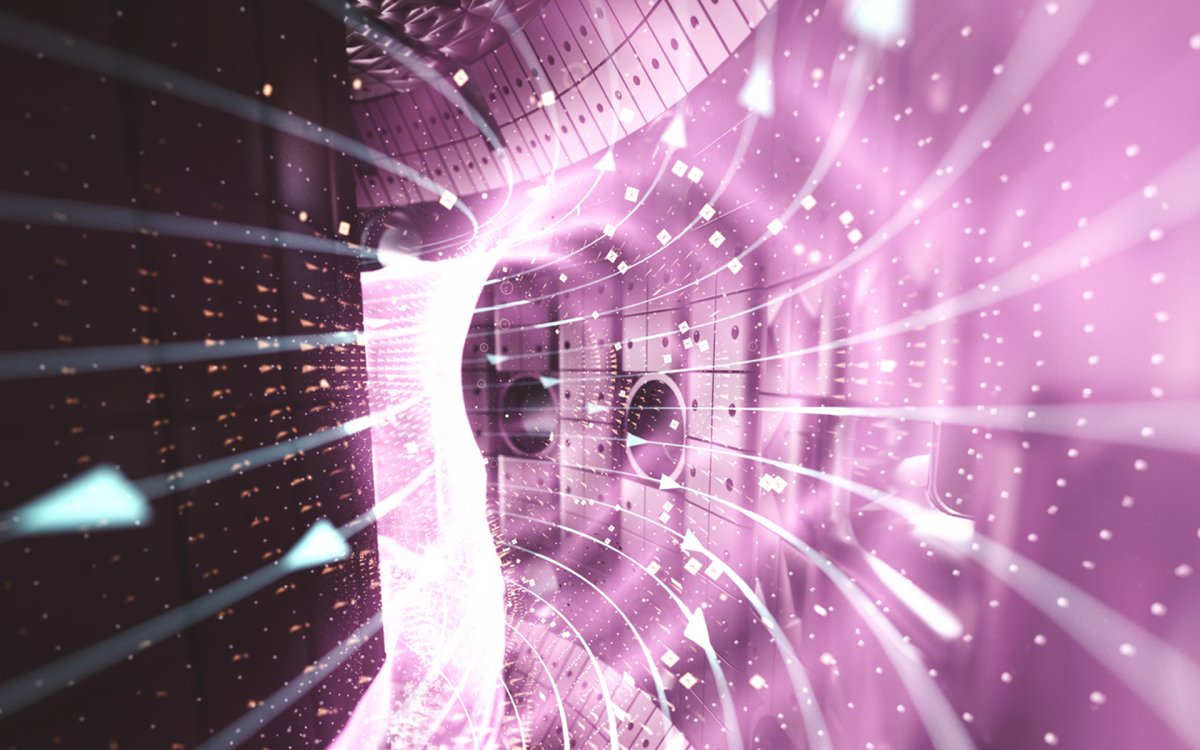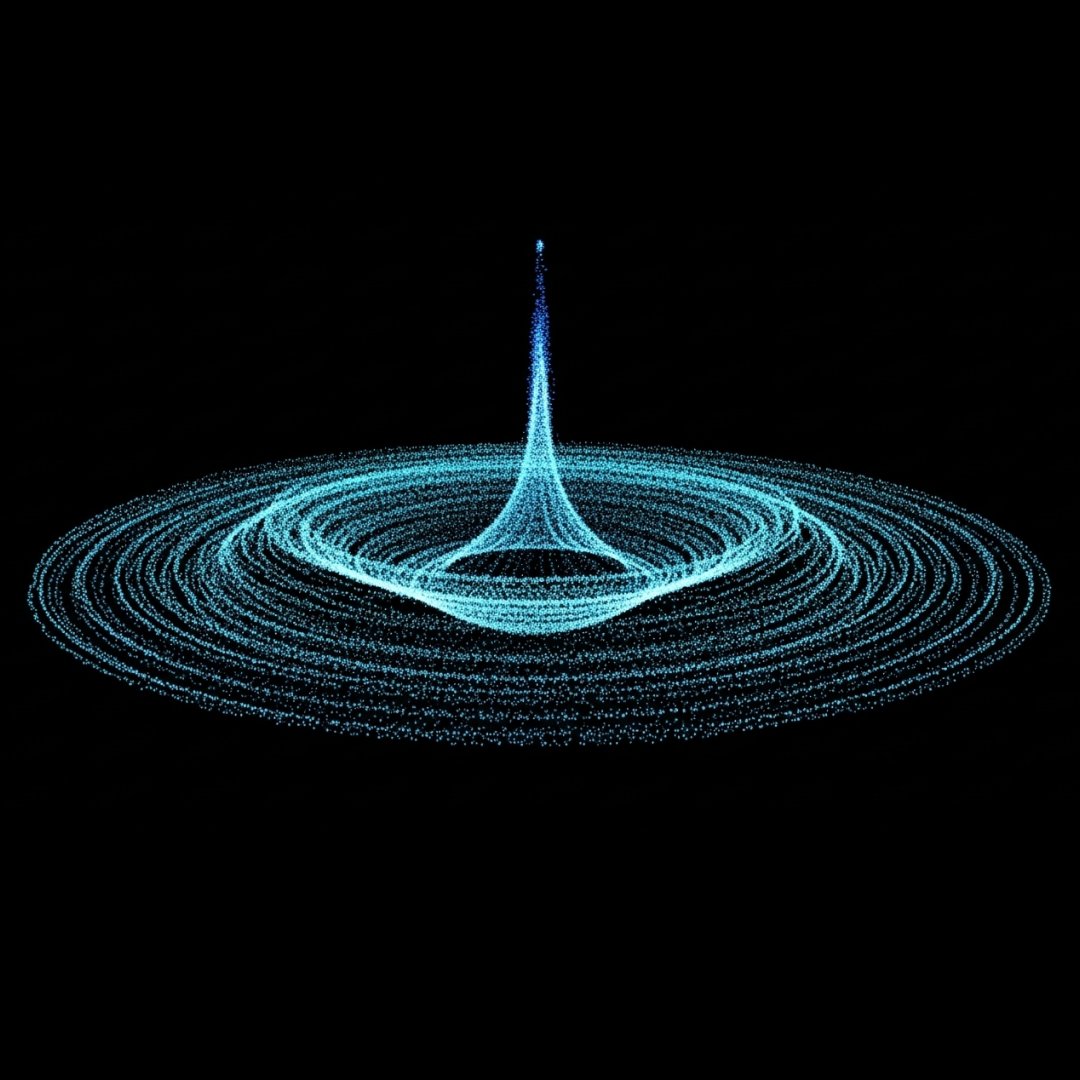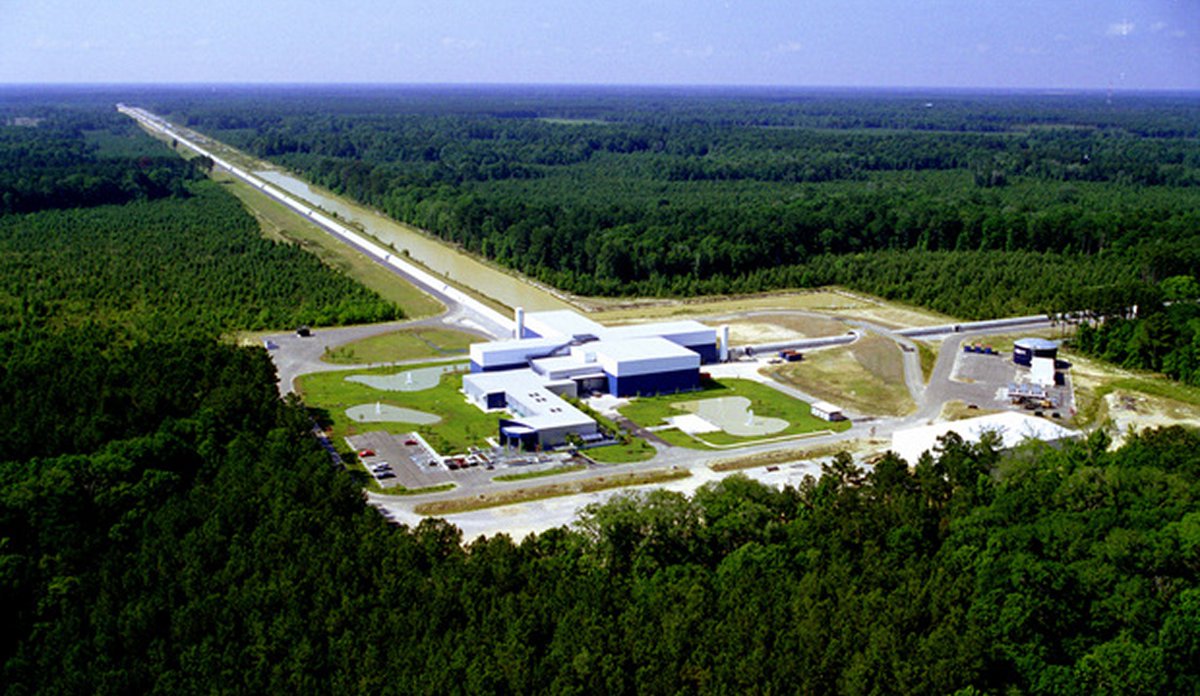Introducing the '21 DeepMind x @ai_ucl Reinforcement Learning Lecture Series, a comprehensive introduction to modern RL.
Follow along with our researchers are they explore Markov Decision Processes, sample-based learning algorithms & much more: dpmd.ai/2021RLseries 1/2
Follow along with our researchers are they explore Markov Decision Processes, sample-based learning algorithms & much more: dpmd.ai/2021RLseries 1/2

Also find the full series via the DeepMind @YouTube channel: dpmd.ai/DeepMindxUCL21
In the first lecture of the series, Research Scientist Hado introduces the course and explores the fascinating connection between reinforcement learning and artificial intelligence: dpmd.ai/RLseries1
#DeepMindxUCL @ai_ucl
#DeepMindxUCL @ai_ucl

In lecture two, Research Scientist Hado explains why it's important for learning agents to balance exploring and exploiting acquired knowledge at the same time: dpmd.ai/RLseries2
#DeepMindxUCL @ai_ucl
#DeepMindxUCL @ai_ucl

In the third lecture, Research Scientist Diana shows us how to solve MDPs with dynamic programming to extract accurate predictions and good control policies: dpmd.ai/RLseries3
#DeepMindxUCL @ai_ucl
#DeepMindxUCL @ai_ucl

In lecture four, Diana covers dynamic programming algorithms as contraction mappings, looking at when and how they converge to the right solutions: dpmd.ai/RLseries4
#DeepMindxUCL @ai_ucl
#DeepMindxUCL @ai_ucl

In this lecture, Hado explores model-free prediction and its relation to Monte Carlo and temporal difference algorithms: dpmd.ai/RLseries5
#DeepMindxUCL @ai_ucl
#DeepMindxUCL @ai_ucl

In part two of the model-free lecture, Hado explains how to use prediction algorithms for policy improvement, leading to algorithms - like Q-learning - that can learn good behaviour policies from sampled experience: dpmd.ai/RLseries6
#DeepMindxUCL @ai_ucl
#DeepMindxUCL @ai_ucl

In this lecture, Hado explains how to combine deep learning with reinforcement learning for deep reinforcement learning. He looks at the properties and difficulties that arise when combining function approximation with RL algorithms: dpmd.ai/RLseries7
#DeepMindxUCL @ai_ucl
#DeepMindxUCL @ai_ucl

In this lecture, Research Engineer Matteo explains how to learn and use models, including algorithms like Dyna and Monte-Carlo tree search (MCTS): dpmd.ai/RLseries8
#DeepMindxUCL @ai_ucl
#DeepMindxUCL @ai_ucl

• • •
Missing some Tweet in this thread? You can try to
force a refresh









